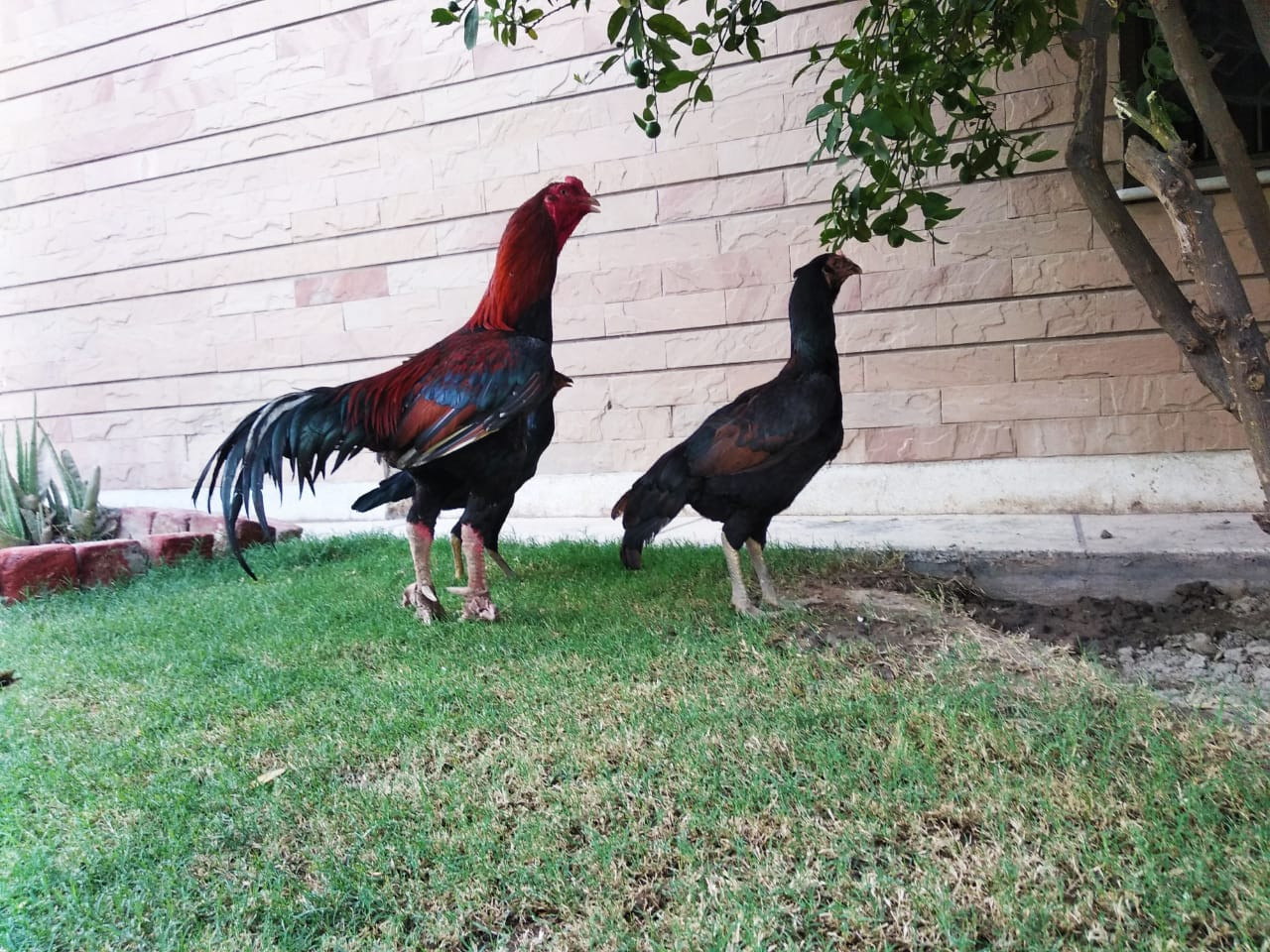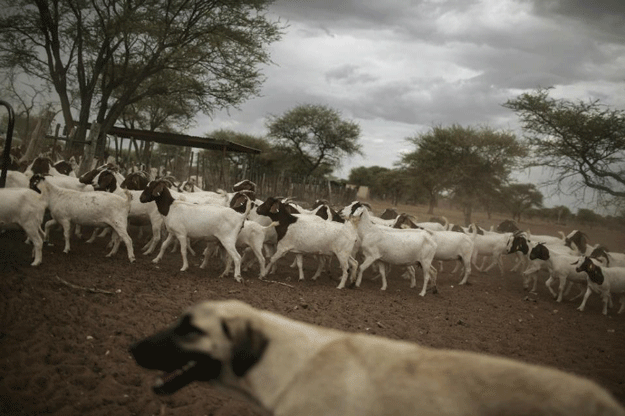
The plight of the noble Aseel
Pakistan is a diverse country; our languages, cultures, histories are all different, and nothing unites us except religion and, maybe to some extent living in the same country. However, one thing is shared: a string that will make people from Turbat come to Sindh or Punjab and share their collective love. It is a hobby that is common in urban and rural Pakistan, in all ethnicities and all linguistically distinct areas with the same passion: the keeping of gamecocks called Aseels, an Arabic word given to our local chicken breed, developed 2000 years ago. It is said that Emperor Akbar fell in love with Aseel chickens, and perhaps that influenced the breed’s standardisation and the name Aseel, which means pure and noble.
Game animals have always inspired awe and respect from their human keepers. Qualities they display are considered noble, be it war horses, extreme hunting dogs or gamecocks. They are incredibly docile and trusting towards their human companions, and they do not shy away from being handled. They are happy in any environment. They never back down from the fights, which is the main trait. The only trait that separates them from the rest of the chicken breeds and even many game chicken breeds developed elsewhere. In the old days, it inspired Mughal emperors and filled them with so much awe that they made it mandatory for their soldiers to watch cock fights, to show them how bravery is defined. These birds have a high pain threshold due to selective breeding over the span of thousands of years; stepping back, running away, or crying out in pain are disqualifying traits. Such cocks are then not bred further.
This ancient breed has its origins from the subcontinent, but the province of Punjab is considered their actual birthplace. Some local experts suggest that Aseel birds did not exist in Pakistan at the time of partition, and Pir Shah Alam Shah, who migrated from India to Mianwali, brought his birds and introduced this hobby in Pakistan. Attributing the entire hobby to a single person is distinctly and naively a Pakistani thing and probably untrue as it is shrouded in more myths than facts. These birds must have been here, but animal husbandry was restricted to financially stable households and families in the pre-partition era. Now the same hobby is considered as an activity for the lower class and associated with illiteracy. These stereotypes may not be entirely unfounded and untrue, but it does not mean that hobby itself is lowly. It is the illegal gambling and fight till death matches that are giving it a bad name.
Aseel chickens have a rather gamey look with tall, muscular bodies and unmistakable aggression. Both roosters and hens display gameness and never back down. Even the newborn chicks instinctively start fighting and can kill each other. There are two main categories for which Aseels are bred: open spur and closed heel games. As the name suggests, open spur games, birds fight with their spurs intact, and in closed heel games, a spur glove is used. Aseels used in open spur games are lighter in weight and smaller in size, due to which they can be faster. In closed heel games, since birds cannot use their spurs, they have to rely on powerful punches and strong shanks thus they are bred for more weight and height. Mianwali is the hub of open spur birds in Pakistan, while in North Punjab and Sahiwal region, Aseels fight with closed heels or covered spurs.
Aseels' sizes and colours vary greatly, depending on what lines they have been bred out of and what part of the country they belong to. They come in almost all colours; dark reds, light reds, black, speckled red, duckwings, pure whites, spangles, golden, blue, and grey. Usually, people think colours are also a marker for their breed but that is not true at all as breeds are not determined by colour, unless a line is specifically bred.
Though these birds are found in abundance in Pakistan, they are still facing extinction and have in fact started disappearing from some provinces in India. The Aseel’s eventual extinction will be a result of breeding the bird with imported gamecocks from Thailand, Japan, and Turkey. In my opinion, this is a form of interbreeding, as most these imported birds can probably be genetically traced back to the Aseels from Pakistan and India.
This is not the only threat to the Aseel, as most breeders now only want to win fights and do not really care for the purity of the bird’s breeding line. They thus breed birds that will fight in illegal pits. Heavy gambling and bragging rights further enhance the criminal element associated with cock fighting. There are certain breeders that are actually trying to preserve this noble breed of cocks and chickens but I can count them on one hand. Compared to thousands of breeders who are interbreeding, this number is abysmal. In the coming decades, we will not be able to find pure Pakistani Aseel if this trend continues.
Stigma and bad image associated with this hobby can only be countered if more people from diverse backgrounds and good education embrace it. The majesty and beauty of Aseel birds are matchless. Qualities they possess are rare, even in humans. Fighting them in pits is abhorrent and must be condemned. We should encourage people to keep them for ornamental purposes especially to save this breed from extinction.
1623692598-0/WhatsApp-Image-2021-06-13-at-9-21-56-PM-(2)1623692598-0.jpeg)

COMMENTS (3)
Comments are moderated and generally will be posted if they are on-topic and not abusive.
For more information, please see our Comments FAQ